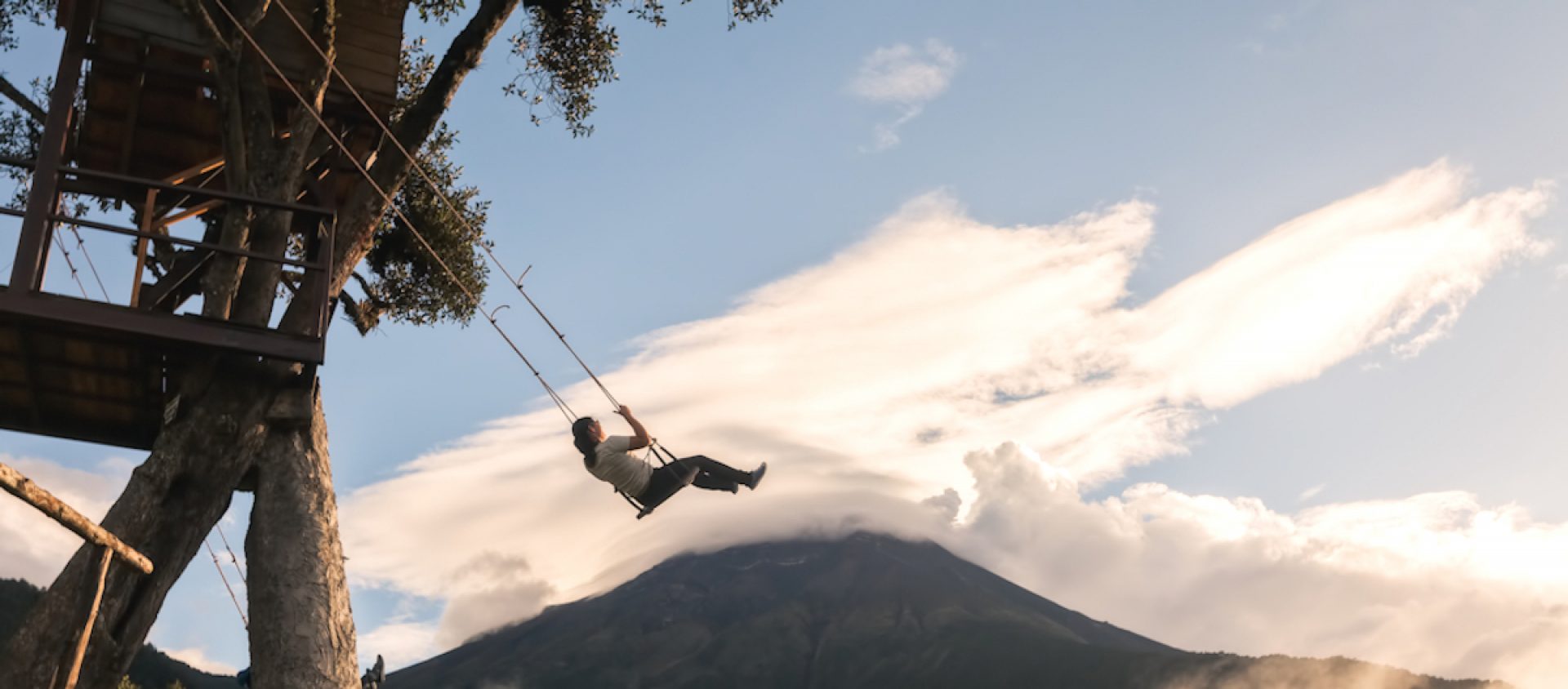I’m writing late today, because it’s my birthday. In fact, I’m writing so late that my birthday is already finished in Australia. My birthday is on a public holiday. In a normal year, I’d probably introduce you to a book that tells the history of that public holiday, but the history of that public holiday is very military and there is enough of that in our everyday right now. If you’re curious, the day is ANZAC Day and the history is the landing at Gallipoli in 1915.
‘ANZAC’ stands for the Australian and New Zealand Army Corps, so I’ll give you one of my favourite Australian novels written by a New Zealand writer, as a compromise. Ruth Park moved to Sydney in 1942, where she married another writer of classic Australian books, D’Arcy Niland. I’ll introduce his The Shiralee one day.
I have several favourite books by Park: The Harp in the South, Poor Man’s Orange, and, of course all the stories of the Muddle-Headed Wombat. I suspect The Muddle-Headed Wombat was one of the first books I read outside school textbooks, in fact. I obtained my own copy of it in my teens and have never let anyone borrow it. My copy of The Muddle-Headed Wombat is pristine, however, compared to my copy of Playing Beatie Bow. I have maybe half a dozen books read so often that they cannot hold together, and this is one of them.
It’s set in Sydney, and is a time slip novel and… it’s almost impossible for me to describe. It’s been filmed and the film is charming but slight and the book is far more haunting and simply one of the best time slip novels out there.
Some books I read and re-read because they remind me of things I ought never forget. Playing Beatie Bow came out when I was an undergraduate, studying history. It became an instant reminder to me that history can happen as a narrative, as a spiral, as layers in time and more: history is not a simple thing.
I had only been to Sydney very briefly when I first read the novel. It suggested a society that was very different to the one I knew. More poor and urban and complex than the suburban I knew. Park’s two Sydneys brought the place to life in a way that made me rethink my own Melbourne. I wasn’t specialising in Australian history, but I attended every public lecture about Marvellous Melbourne by John Lack and I started to shape the stories of the streets I knew and I began to see the relationship between the stories we tell, the stories we lead.
When I myself moved to Sydney, in 1983, I walked down George Street and ventured down to The Rocks and found that the district was nothing like the novel. I had to learn another kind of history, or maybe another layer. Since then, The Rocks has been rebuilt and a museum established and it’s easier to see how the different moments of the past link, but then, I studied a street corner and tried to work out how it fitted and failed. I stopped trying and instead learned about the influenza pandemic and how it changed that tiny corner of Australia.
I suspect that this is the other reason I’m thinking of Playing Beatie Bow. The Rocks are indelibly linked in my mind with that pandemic, and, of course, now we are living through our own pandemic.
I can’t review Playing Beatie Bow. I can’t even analyse its history. This is unlike me. There is another timeslip novel whose history I analyse perfectly well, and that has an even more battered cover, Allison Uttley’s A Traveller in Time. I suspect that Park’s novel is too linked to that big change in my life, becoming an historian and, in order to do so, moving from Melbourne to Sydney. I may never be able to pull it to pieces in the same I way I pull most novels to pieces. All I can suggest, then, is that you read it for yourself.

 fact, it fit my story very well, and I had a compelling and unique character arc. I work with middle schoolers, and they suffer from depression and anxiety at alarming rates. Anyone shocked? Think back to middle school. It’s a terrifying, stressful, horrific experience for many of us. Now we have the awareness and language to properly describe the toll it takes on our kids. But conversations about mental health are all-too-often relegated to the land of Young Adult, while our adolescents are talked down to or treated as if their problems couldn’t possibly be all that bad.
fact, it fit my story very well, and I had a compelling and unique character arc. I work with middle schoolers, and they suffer from depression and anxiety at alarming rates. Anyone shocked? Think back to middle school. It’s a terrifying, stressful, horrific experience for many of us. Now we have the awareness and language to properly describe the toll it takes on our kids. But conversations about mental health are all-too-often relegated to the land of Young Adult, while our adolescents are talked down to or treated as if their problems couldn’t possibly be all that bad.